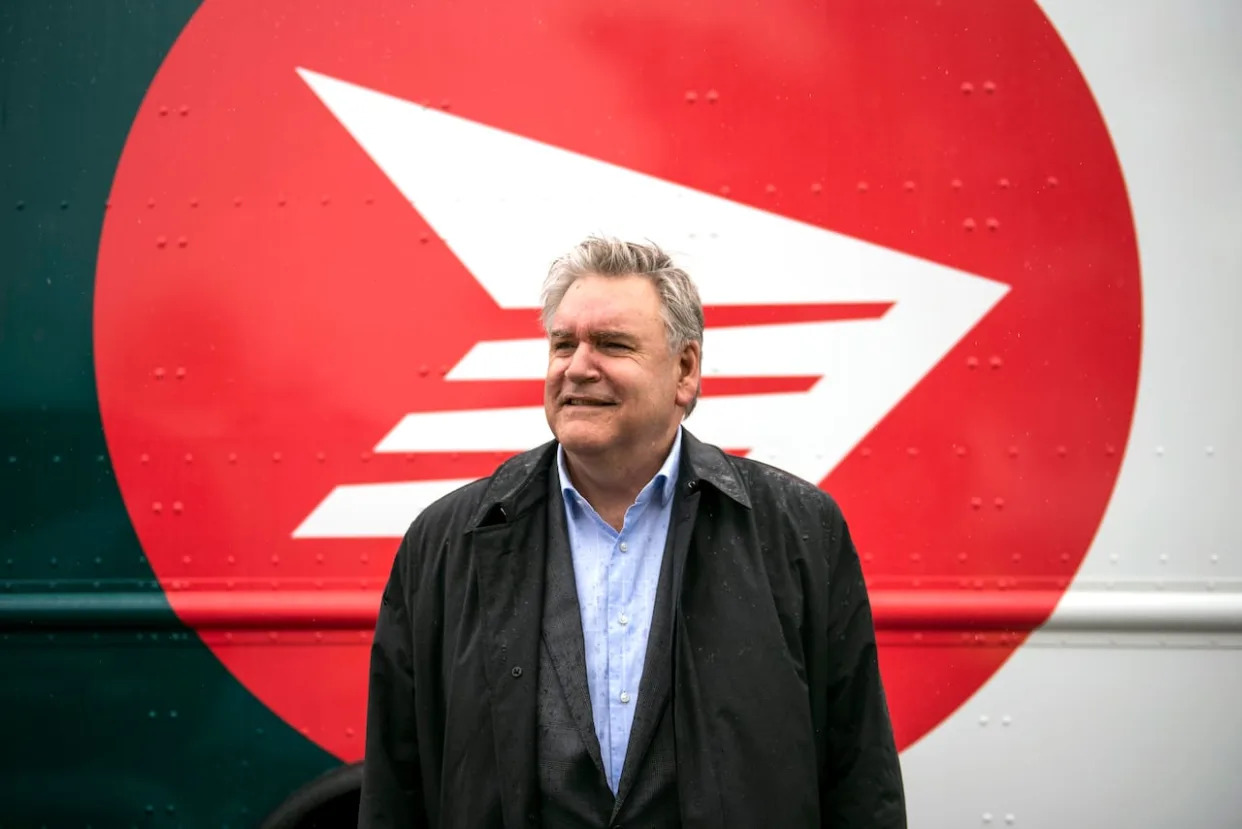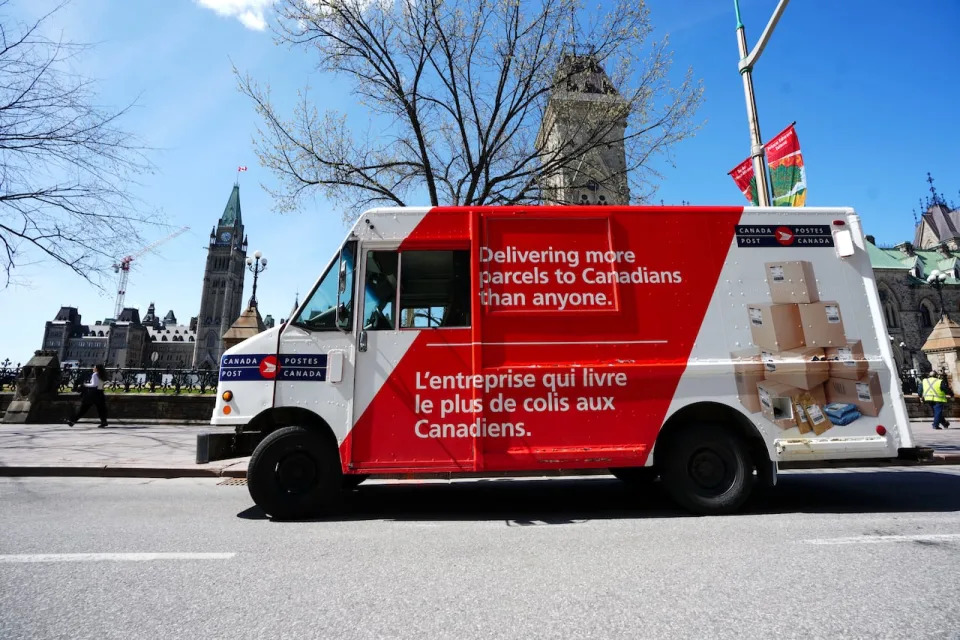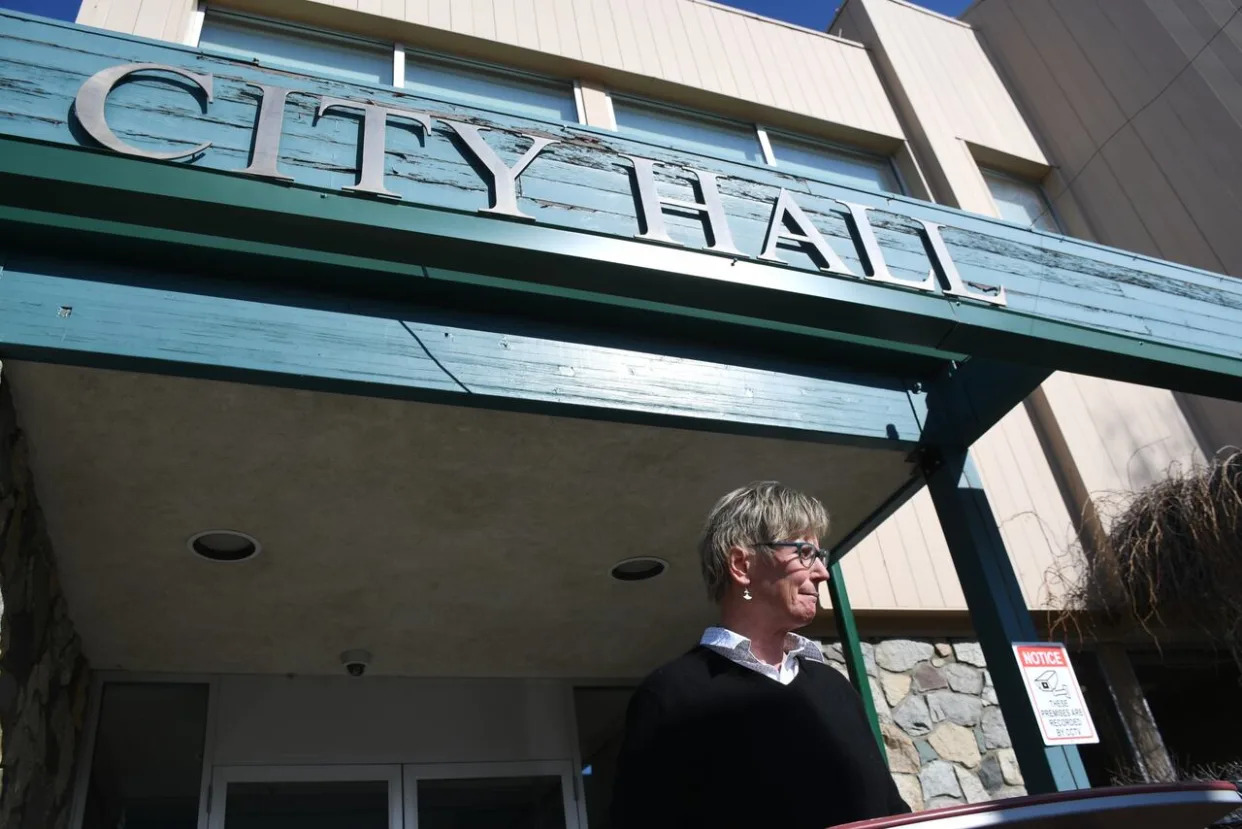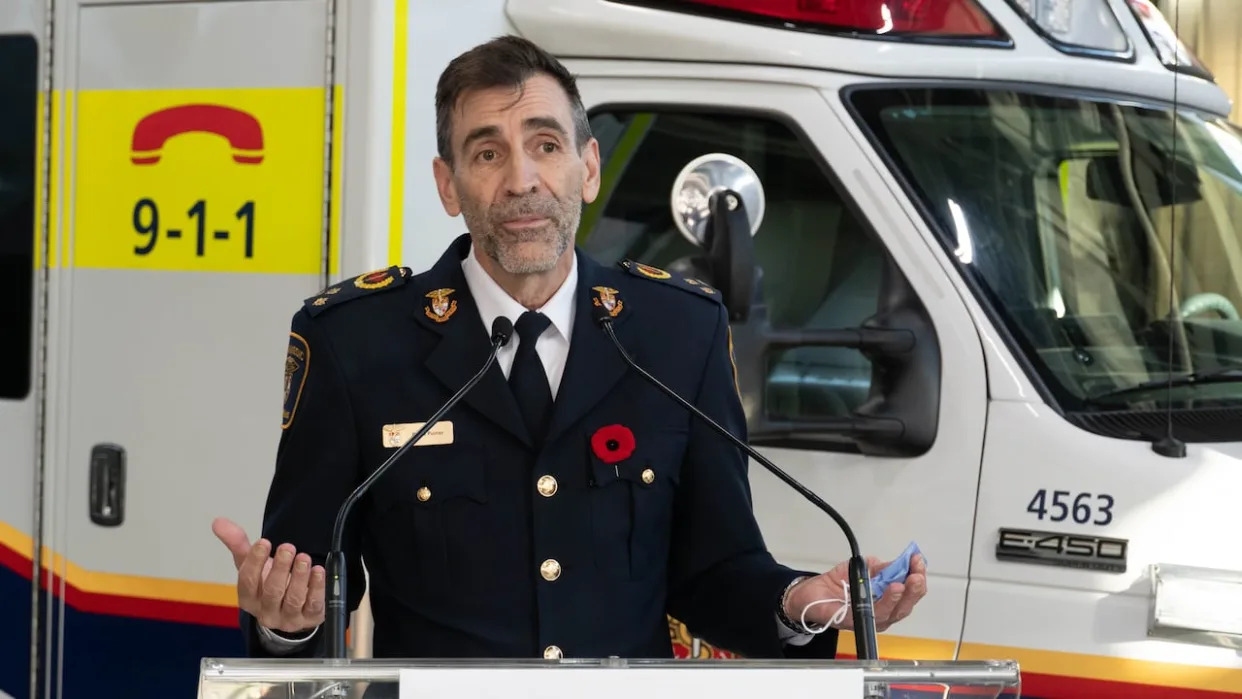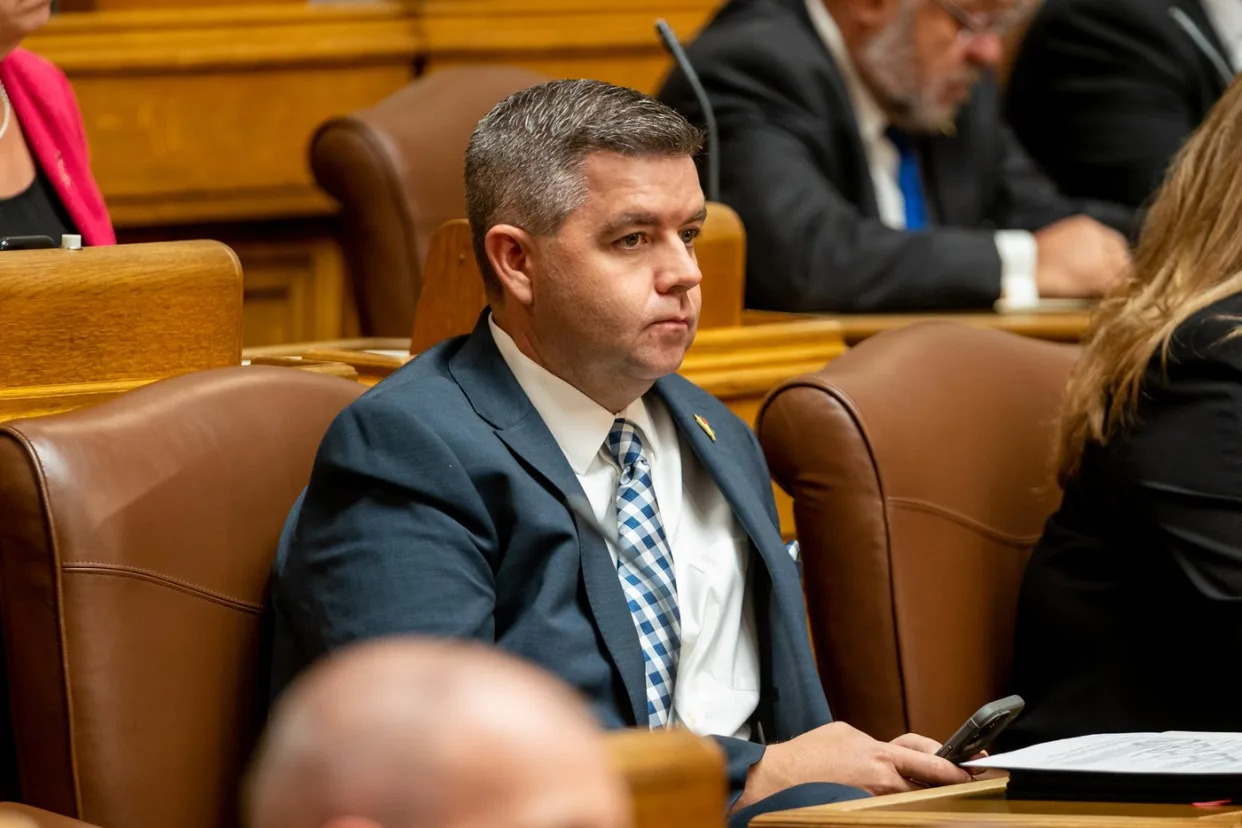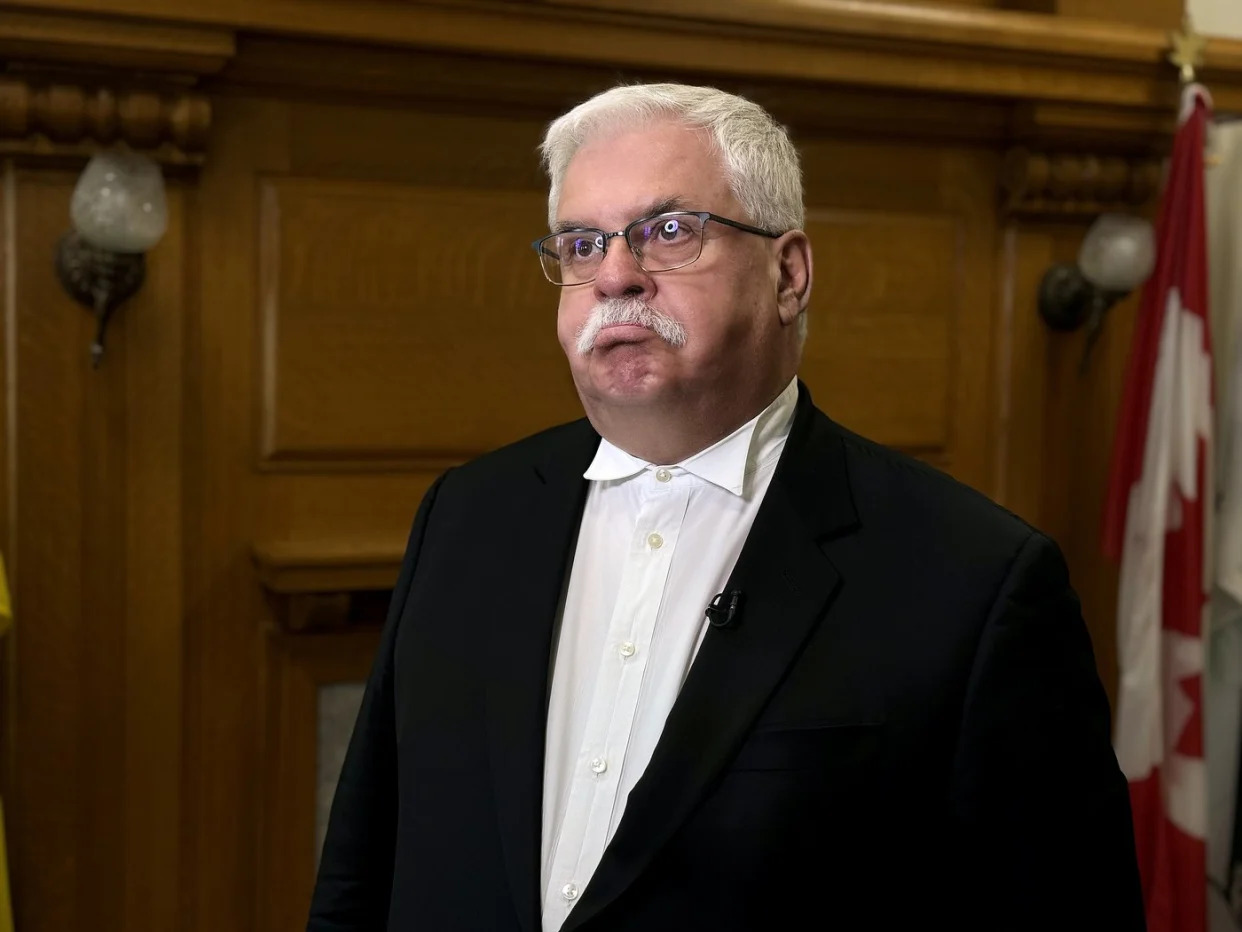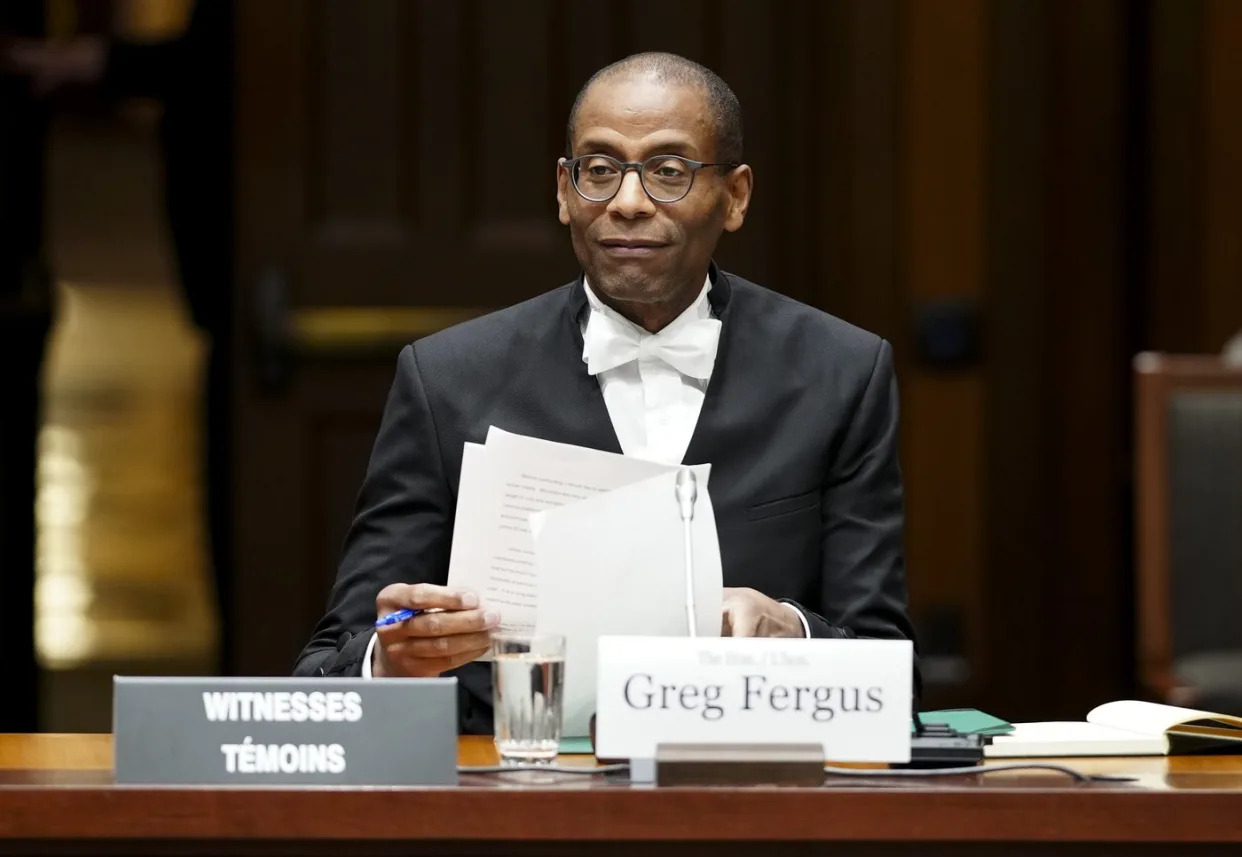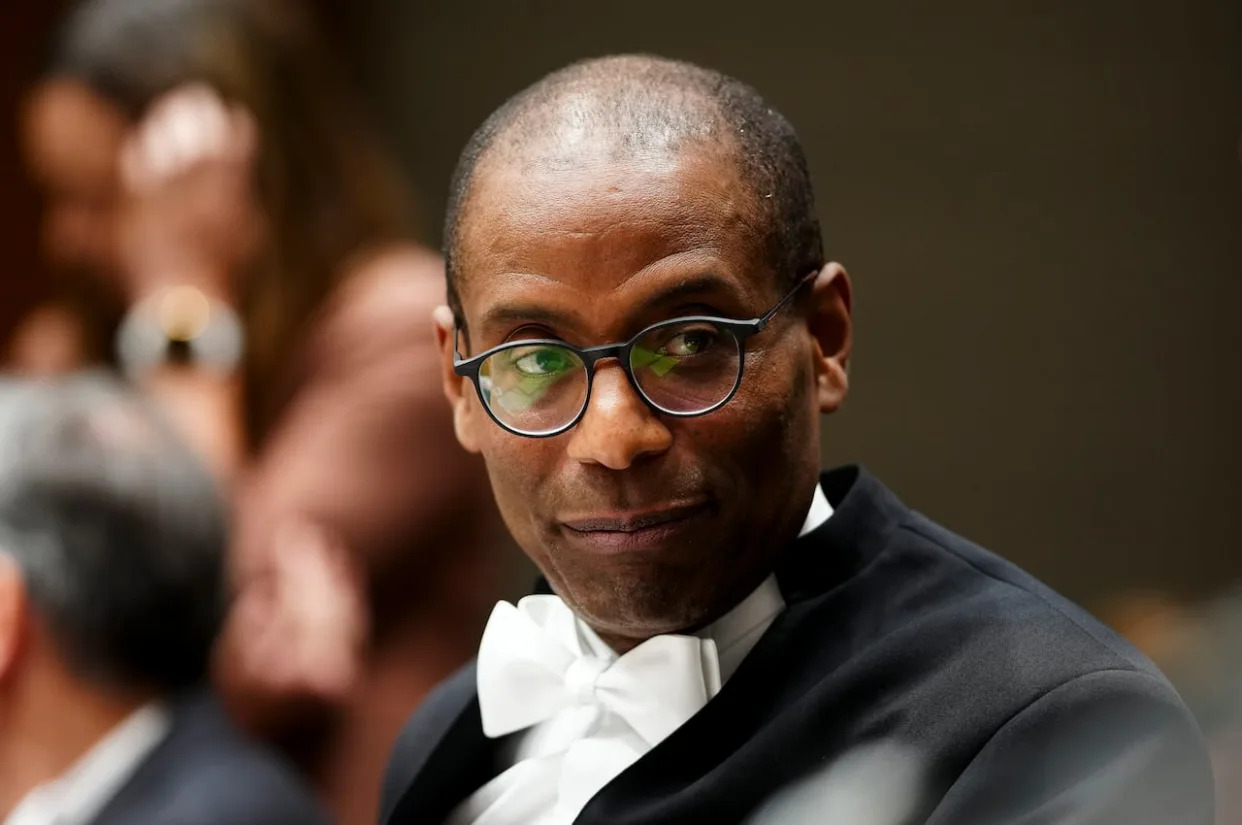By Dr. Tim Sandle
May 29, 2024

Image: — © Digital Journal
A new study into pollution and environmentally-harmful emissions reveals that half of all transport emissions in Britain come from just one in five people (15 percent of the population). Plus, the worst polluting 10 per cent of the population are responsible for four tenths (42 per cent) of all transport emissions. Social class has a connection with environmental impact.
Furthermore, there is a connection related to relative wealth. People with an income over £100,000 travel, on average, at least double the distance each year of those earning under £30,000. People from more deprived neighbourhoods tend to travel significantly less and emit less greenhouse gas than those from the least deprived.
The information comes from the left-leaning Institute for Public Policy Research in the report Moving together: A people-focussed pathway to fairer and greener transport.
The report finds that the transport system, in terms of its environmental impact, reflects wider inequalities in society, with the highest earners the highest polluters. For example, the richest 0.1 per cent in Britain emit 22 times more from transport than low earners, and 12 times more than average.
The research also finds that men are more likely to be high emitters than women, travelling significantly further by both car and plane. Further with population data, people with a disability are likely to travel far less than those without (including by plane), and their emissions are much lower as a result.
Another measure finds that people from a non-white British ethnicity tend to travel less far and emit less. On the demographic front, those aged 35 to 64 emit the most from private transport.
Overall, the data is concerning for the UK has made limited progress over the past three decades in reducing emissions from transport, which is now the country’s largest emitting sector.
The report states that to decarbonise transport in the UK, the government must improve public transport, boost active travel and speed up the transition to electric vehicles. This must include the Committee on Climate Change and the UK government doing more to put fairness and the British public at the heart of their net zero plans.
In the conclusion to the report, the IPPR calls for new taxes on private jets and lifting the ban on municipal bus fleets, making franchising of buses easier and ensuring the rail network is run in partnership with local leaders. Furthermore, the policy group calls for reinstating the 2030 ban on the purchase of new internal combustion engine vehicles and realigning the Zero Emission Vehicle mandate behind this.


